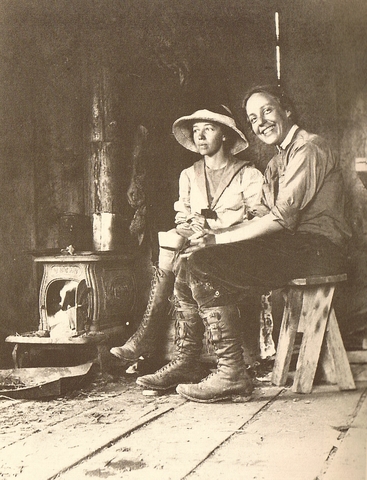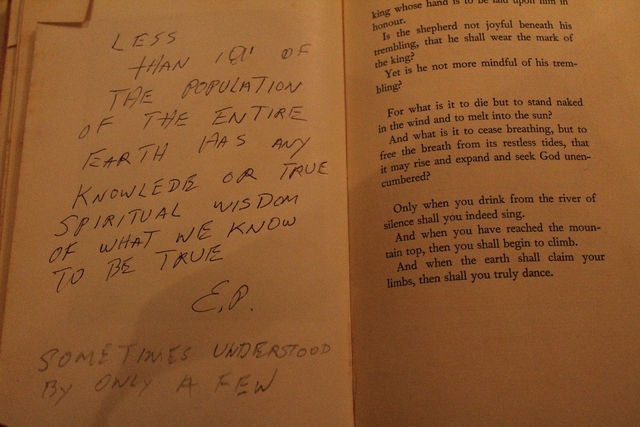Copyright © Glen Kalem and kahlilgibran.com all rights reserved 2019
January 1st 2019.
Just shy of 20,000 words, philosophical in nature and mystical in tone, The Prophet, first published in September of 1923 at a cost of $2.25 per copy, sold out its modest 1300 copies within the first month. Such a reception surprised even its publisher, Alfred A. Knopf who upon reflection some years later thought its members were a "cult" and he hadn't only met "five people who have read it". Arguably today, The Prophet is perhaps one of the western worlds first self-help books and it US sales alone number over 10 million copies, inspiring countless other self help works including such classics as M. Scott Peck's The Road Less Travelled and Paulo Coelho's The Alchemist
Released not long after World War I, its message quickly resonated with a grieving world. Its sales continued to climb setting in motion a trend that was to continue steadily up to the present day and may perhaps be maintained for years to come. By the end of December 1937, the book had sold 129,233 copies, and during the darkness of World War II, demand for the life-affirming message increased. So much so that, when the US government created a not-for-profit organization called The Council on Books in Wartime and established the Armed Services Edition of books (a collection of pocket-sized reads for its soldiers on the frontlines) The Prophet was included. Out of 1322 suggested titles, it was the only book of poetry to be selected. By 1957 it had sold its millionth copy, it had been translated into twenty languages, and it becomes one of the most widely distributed books of the century.
A recent study by Francesco Medici and Glen Kalem-Habib revealed The Prophet has been translated into more than 100 First Edition languages, making it unofficially one of most translated books of all time. As we broaden their study to include proceeding editions, the estimated tally could be as high as 300-400 translations.
Kahlil Gibran (1883-1931) was a native of Mt. Lebanon, and with his mother and three siblings migrated to Boston in 1895 when he was only 12. Having no formal education and knowledge of the English language, Gibran was fortunate to have the help and encouragement of a "She Angel" - educator, philanthropist, and traveler Mary Haskell-Minis. It would be remiss of us not to mention Mary's role in helping Gibran's magnum opus come to fruition. Her devotion, care, and love for the bilingual artist she financially supported can be traced as far back as 1912 when he told her of his determination to write in English and his plans for the yet untitled "my book" built around the teachings of an "Island God' in exile. It would take a full eleven years more to evolve into the work we now know as The Prophet.

From the beginning in June 1914, he sought her comments on most of his English output as it was being written and rewritten: first The Madman, then The Forerunner, and finally The Prophet. Of the corrections she made to the galley proofs of The Prophet, Gibran wrote:
"Your blessed touch makes every page dear to me. The punctuations, the added spaces, the change of expressions in some places, the changing of ‘Buts’ to ‘Ands’ and the dropping of several ‘Ands’—all these things are just right" ...Chapel Hill Papers
The Prophet - inspired by the vision of Blake, the Bible, Buddhism, Hinduism, the Romantics, popular American schools of thought, Ralph Waldo Emerson, Walt Whitman, Friedrich Nietzsche, Ameen Rihani, and Christian and Sufi mysticism - perhaps holds a special place on the mantle of world literature as it is neither pure poetry nor simple philosophy. It has graced the bookshelves of many people from all walks of life and undoubtedly is one of the most gifted books in the world today. Chances are you'll find a pre-loved copy in numerous bookstores across the globe, and a quick search online will result in 1000s of pre-owned copies, some with heartfelt dedications hoping to inspire the new reader.

As a research historian of Gibran's life and legacy, I have for a number of years documented some of the more notable readers of The Prophet. A few years ago I had the opportunity to purchase Elvis Presley's first-ever copy, inscribed with touching philosophical notes and reflections from the King of Rock and Roll. We also know that figures such as Eleanor Roosevelt, Johhny Cash, and Walt Disney, made room on their bookshelves for Gibran, but so did characters like Aleister Crowley, Elijah Mohammad, Colin Powell, and Heath Ledger. Even prisoners in Guantanamo Bay were fond of the book and it was frequently requested from the library.
Just why has The Prophet enjoyed such populism and notoriety is one of its beautiful mysteries. The late biographer and Gibran scholar Professor Suheil Bushrui who founded The Kahlil Gibran Chair for Values and Peace at the Maryland University sums up a little of this mystery;
"In truth, The Prophet is a work of such universal appeal ... For Gibran’s purpose was a lofty one, and his belief in the ‘unity of being’, which led him to call for universal fellowship and the unification of the human race, is a message which retains its potency today as do the messages of all great poets. Inspired by his experiences in a country far from the land of his origins, he strove to resolve cultural and human conflict, in the process developing a unique genre of writing, and transcending the barriers of East and West as few have done before or since. He became not only Gibran of Lebanon, but Gibran of America, indeed Gibran the voice of global consciousness: a voice which increasingly demands to be heard in the continuing Age of Anxiety."
Its vision though is best described by his "She Angel" Mary Haskell-Minis, who upon receiving her copy wrote to Gibran, perhaps prophecizing, what we now know to be its reality. Capturing the sentiments of the "strange little book" and its message, she wrote:
" Beloved Kahlil, The Prophet came today...And the text is more beautiful, nearer, more revealing, more marvellous in conveying reality and in sweetening consciousness – than ever . . . The English, the style, the wording, the music – is exquisite, Kahlil – just sheerly beautiful . . . This book will be held as one of the treasures of English literature. And in our darkness, we will open it to find ourselves again and the heaven and earth within ourselves. Generations will not exhaust it, but instead, generation after generation will find in the book what they would fain be – and it will be better loved as men grow riper and riper. It is the most loving book ever written."
Although today marks the End of the Copyright Road for The Prophet, its message has still a way to go. For even Gibran knew that he had written only the "first letter" in a continuing story. Some publishers already foresaw this new horizon, and plans by some publishers such as Penguin "see a tremendous opportunity to reintroduce old works". Ex-School teacher Helen Chiha and illustrator Yi Giang have collaborated and published, as of today, the world's first Prophet for Children. The Little Prophet is an attempt to bring not only a younger readership on board but moreover to encourage parents to introduce those core values the older Prophet has done for nearly 100 years.
NOTES:
Glen Kalem is an accomplished international Kahlil Gibran research historian and filmmaker. Working closely with Gibran scholars and researchers globally, their aim is to establish and promote intercultural and interreligious dialogue, particularly in academia. He is currently in pre-development stages putting his research into a documentary film. More information can be found here www.gibranfilm.com